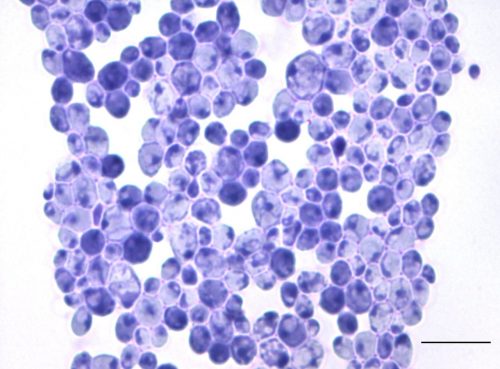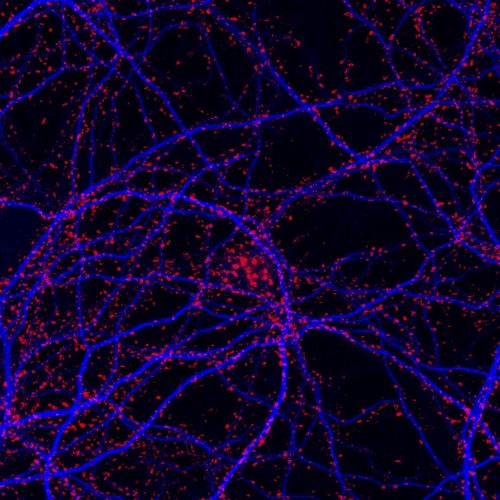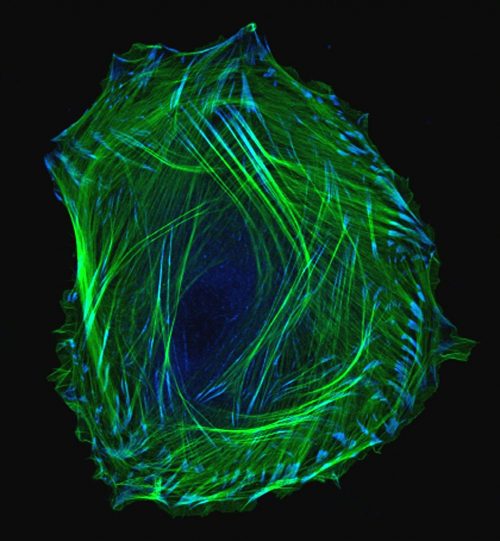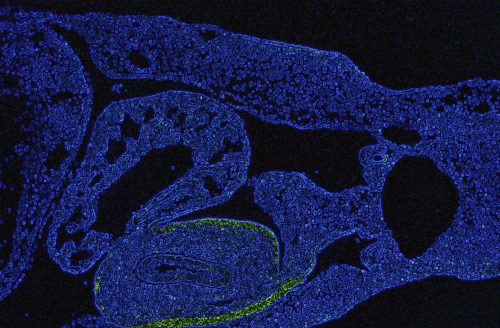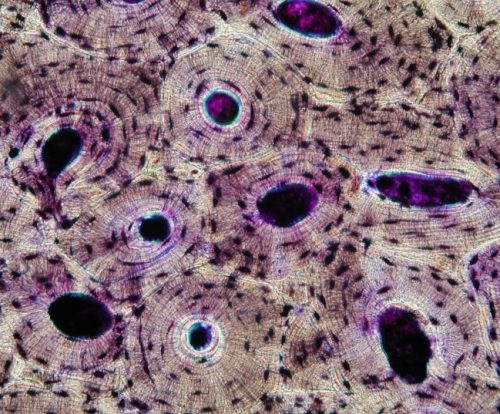
Not every genetic modification has to involve a violent cleaving of nucleotides to insert or remove sections of the genome. The most common form this type of change takes involves what are termed double-strand breaks (DSBs) and they have long been something that scientists have wanted to avoid if possible. You may remember us discussing […]



